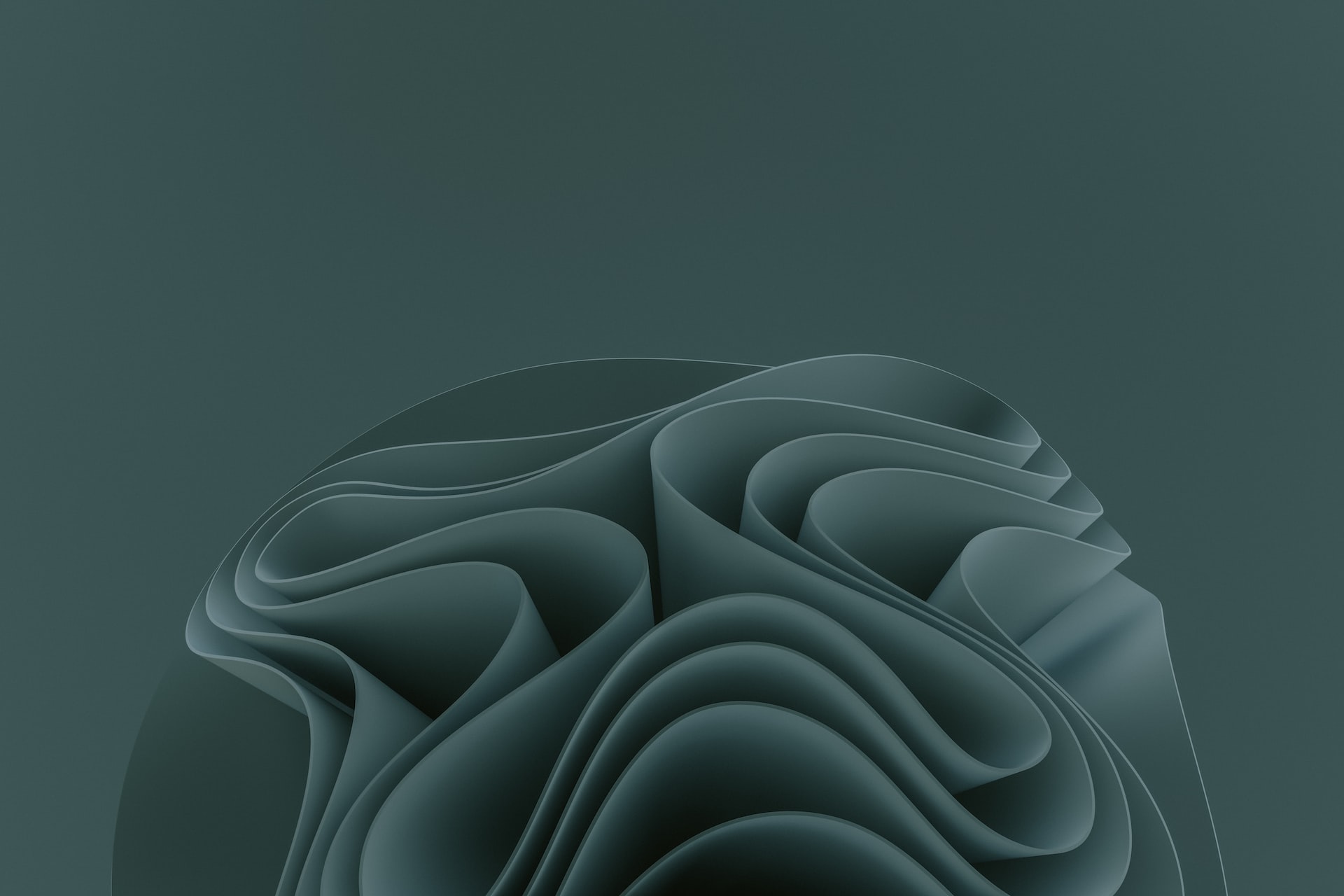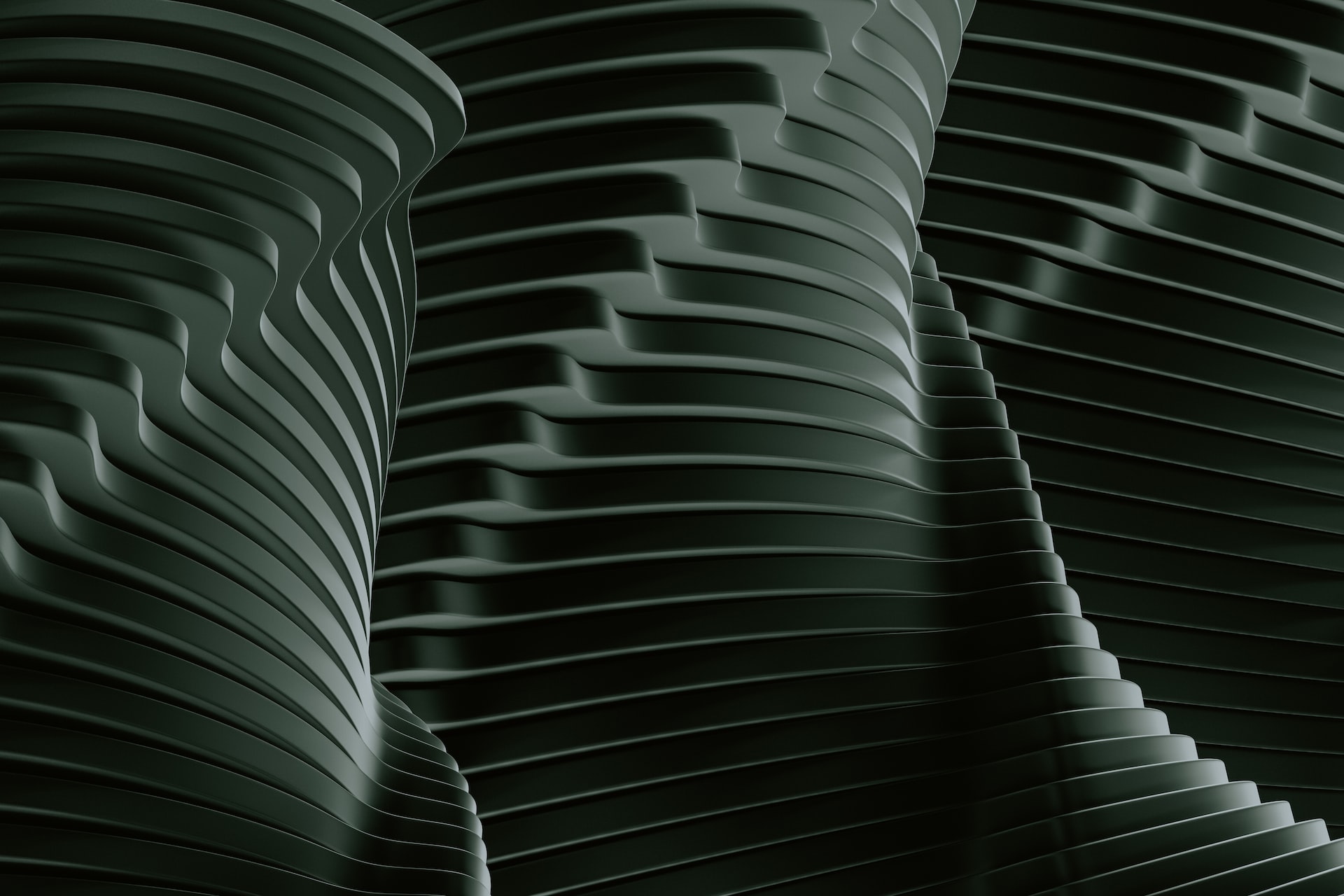
Design principles are fundamental concepts that guide the creation of visually appealing and effective designs. These principles include balance, contrast, repetition, movement, and variety. In this blog post, we will explore each of these principles in detail.
We have already discussed a few principles in one of our previous blogs, which is why we will try to discuss a few additional aspects that have not been brought up yet.
The aim of this blog will be just that, to offer up a small review, an overview and a short analysis, in order for you to give you some additional information on other, different viewpoints.
Principle #5 - Balance
Balance refers to the distribution of visual weight in a design. A balanced design feels stable and harmonious because the elements are arranged in a way that does not make one side feel heavier than the other. There are two main types of balance: symmetrical and asymmetrical.
Symmetrical balance is implicit when elements are arranged evenly on either side of an imaginary central line. This type of balance is often used in formal designs because it creates a sense of order and cleanliness.
Asymmetrical balance, on the other hand, is achieved when elements are arranged unevenly but still create a sense of equilibrium. This approach is frequently utilized in more dynamic and informal designs because it can create visual interest and movement.
Achieving balance in a design requires careful consideration of the size, shape, color, and position of each element. By adjusting these factors, you can create a balanced composition that feels stable and harmonious.
Principle #6 - Contrast
Contrast refers to the difference between elements in a design. This difference can be created through variations in color, size, shape, texture or any other visual attribute. You can really do a lot of intriguing stuff just by messing with contrast alone.
One common way to create contrast is through the use of color. By pairing colors that are opposite on the color wheel (such as blue and orange or red and green), you can really make certain elements stand out.
Contrast can also be created through variations in size or shape. For example, pairing large text with small text or using geometric shapes alongside organic shapes can create contrast within a design.
Effective use of contrast helps to guide the viewers eye through a design and highlight important information. It also adds visual interest by breaking up monotony and creating dynamic compositions.
Principle #7 - Repetition
Repetition is all about the use of recurring elements within a design. This principle helps to create consistency and unity within a web-page by supplying various patterns for the visitors to recognize.
Repetition can be achieved through the use of consistent colors, shapes, textures or any other visual attribute. E.g., using a consistent color scheme throughout a design can help to create a sense of the branding the company is going for.
Repetition can also be achieved through the use of consistent layout or formatting. By using the same margins, font sizes and styles, you can facilitate a language that helps the users navigate your website.
Moreover, effective use of repetition helps to create a sense of order and structure within a design. While also helping to reinforce branding by establishing a consistent visual identity.
Principle #8 - Movement
Certain elements can be arranged in ways that can give a perception of movement among the elements. This principle is important because it helps to guide the viewers eye through the composition and convey information in an engaging way.
The use of diagonal lines, curves or other dynamic shapes suggest motion. Arranging elements along a diagonal line can create a sense of movement from one side of the design to the other.
Another way to incorporate this principle is through the use of animation or other interactive elements that respond to user input. In this way the rest of the web-page feels more alive as well.
Creating mini movement motifs will help the various components on a given web-page to coalesce into a coherent whole, which in turn aids navigation and has a positive impact on UX.
Principle #9 - Variety
It is also quite important to mix things up every now and then. Variety is noteworthy because it helps to prevent monotony and add visual interest by introducing new and unexpected elements into a composition.
You can mess around with all types of stuff in order to break patterns and create new ones by adding or removing various elements on a page. Just make sure that the break serves a purpose.
You can break patterns easily through the use of unexpected or unconventional elements. The navigational process usually breaks, or at least halts, when you do that so make sure there is some payoff. This will in turn create a pattern that focuses on variety highlighting content.